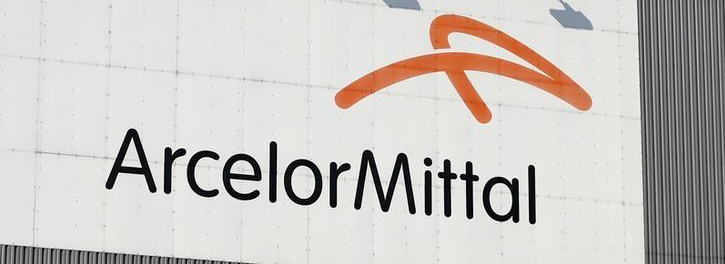The Supreme Court has finally brought the curtain down on the Essar Steel bankruptcy case.
In what is being hailed as a landmark order, the apex court threw the National Company Law Appellate Tribunal ruling out of the window and ushered in a sense of clarity in the nascent insolvency and bankruptcy resolution process in India.
The apex court order decidedly established the right, nay the supremacy, of the Committee of Creditors (CoC) in deciding the distribution of money raised from the sale of assets of an insolvent company. In doing so, the apex court also ruled that the financial creditors have primacy over the rest in the repayment of money. This should close the door for any ambiguity in the entire insolvency resolution mechanism.
The order, thus, paves the way for ArcelorMittal’s take over of Essar Steel. While confirming the larger responsibility of CoC in the insolvency resolution exercise, the apex court made it abundantly clear that the adjudication authority – NCLAT, in this instance, cannot tinker with the CoC-approved resolution plan in an insolvency case.
Also read: SC Orders Status Quo in Essar Steel’s Insolvency Case
The Essar Steel case is among the first set of 12 big defaulter cases that the banks had sought to resolve under a fiat from the Reserve Bank of India (RBI) in 2017. This specific case had since seen many twists and turns, leading up to last week’s verdict by the Supreme Court. ArcelorMittal and Numetal came into the scene in early 2018. They were, however, found to be ineligible.
Subsequently, they were given a fresh opportunity by the Supreme Court to pay off the NPAs (non-performing assets) of their related corporate entities before resubmitting their resolution plans for Essar Steel. The process took an unexpected angle when the promoters of Essar Steel challenged the very insolvency proceedings and offered the entire debt by offering to cough up Rs 54,389 crore.
This was way high when compared to ArcelorMittal’s offer of Rs 42,000 crore. But the National Company Law Tribunal (NCLT) put its foot down. That did not settle the matter, though. Then came the issue of distribution of proceeds among various claimants (financial, operational and other creditors).

Photo: Reuters/David W Cerny
What upset the financial creditors was the decision of NCLAT overruled CoC’s distribution plan and sought to insert a sense of parity in the distribution of money among financial and operational creditors. Predictably, financial creditors were forced to knock at the doors of Supreme Court. In a way, the apex court sort of made it clear that there could be no equal treatment of unequals. It laid much store by according equitable treatment to each creditor depending on the class to which it belongs – such as secured, unsecured, financial, operational and the like.
Significantly enough, the Supreme Court also indicated that there is nothing sacrosanct about the 330-day window for insolvency resolution. This should take the pressure off creditors who could otherwise be resigned to accept below-par resolution deal.
The overall clarity ushered in by the Supreme Court order should go a long way in quickening the insolvency resolution exercise in the Indian corporate world. And, it should do a world of good for the banking industry which has been pulled down under the weight of bloated stressed assets.
Also read: Why India’s Insolvency and Bankruptcy Code is Slowly Imploding
An early end to their stressed assets imbroglio could help its quick return to health. The conclusion of the Essar Steel imbroglio could prove a sharp warning to recalcitrant-promoters who cared less for financial discipline.
Two classical instances – one pertains to the recent past and another related a distant history – bear testimony to the muddled thinking and avoidable interpretation.
In both cases, the end result proved disaster. In the case of Stayzilla, a Chennai-based start-up, the promoter landed in prison when an operation creditor filed a criminal complaint for non-payment. Eventually, the company was dragged to NCLT under IBC (Insolvency and Bankruptcy Code).
Very many summers ago, Readymoney, a Chennai-based listed entity, met with closure when angry depositors turned their ire on promoters. An eminent person, a leading auditor, associated with the company was arrested in this instance. The two companies just collapsed.
Set against this backdrop, the Supreme Court order on the primacy of secured creditors must redefine the business play in the country. This can happen if only the entire chain in whole canvass – including India’s law-enforcing agencies – is made to understand it.
K.T. Jagannathan is a senior business journalist.





